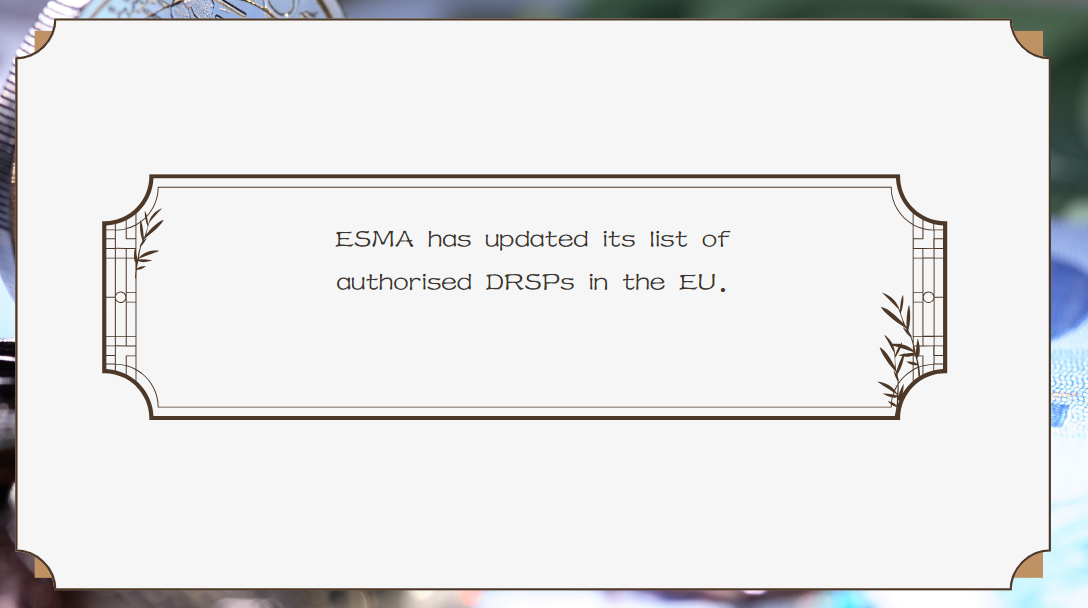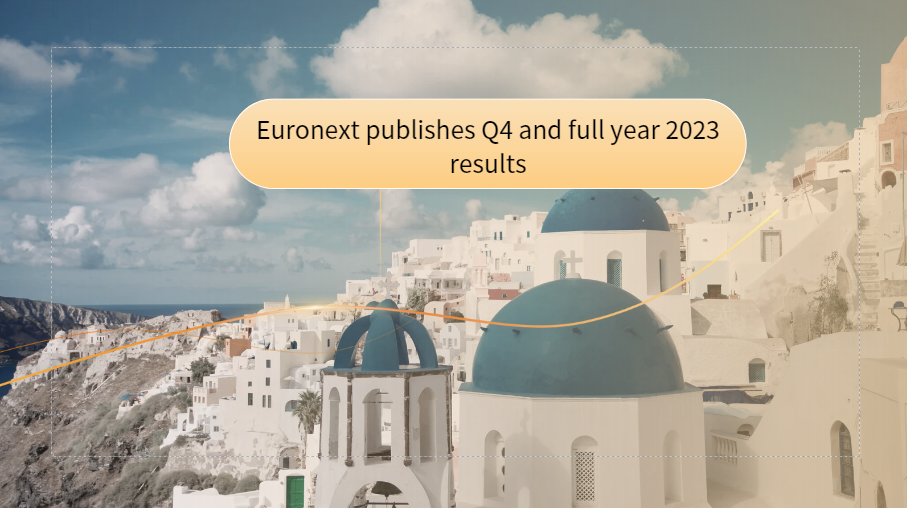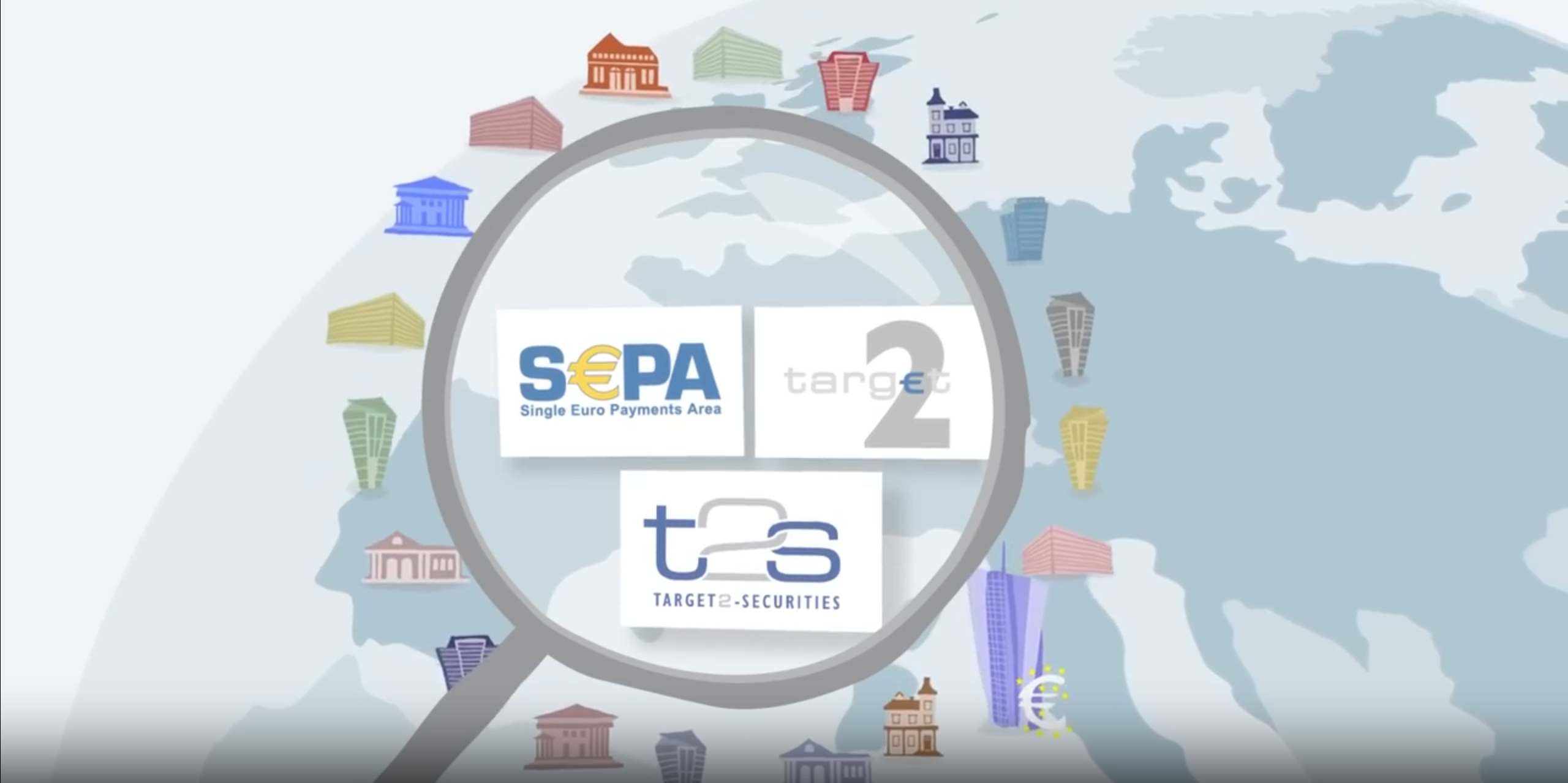Financial statements of the ECB for 2023
The European Central Bank's (ECB's) audited financial statements for 2023 show a loss of €1,266 million (2022: zero) which will be carried forward on the ECB’s balance sheet to be offset against future profits. This loss takes into account the full release of the provision for financial risks, amounting to €6,620 million, which partially covered losses incurred during the year. There will be no profit distribution to the euro area national central banks (NCBs) for 2023.
The loss, which followed almost two decades of substantial profits, reflects the role and necessary policy actions of the Eurosystem in fulfilling its primary mandate of maintaining price stability and has no impact on its ability to conduct effective monetary policy. The raising of key ECB interest rates to combat inflation in the euro area resulted in increased interest expenses on ECB liabilities that are subject to variable interest rates. However, interest income on the ECB’s assets did not increase to the same extent or at the same pace, since those assets largely have fixed interest rates and long maturities. The ECB is likely to incur losses over the next few years, but is then projected to return to making sustained profits. The financial strength of the ECB is further underlined by its capital and its substantial revaluation accounts, which together amounted to €46 billion at the end of 2023. In any case, the ECB can operate effectively and fulfil its primary mandate of maintaining price stability regardless of any losses.
In 2023 the ECB’s net interest expense totalled €7,193 million (2022: €900 million net interest income), mainly owing to the interest expense arising from the ECB’s net TARGET liability, which amounted to €14,236 million (2022: €2,075 million). The higher expense was due to the rise in the interest rate on the main refinancing operations (MRO), which is the rate used to remunerate this liability and which increased from an average of 0.6% in 2022 to an average of 3.8% in 2023. The rise in the MRO rate also led to increases in the interest income earned on the ECB’s share of total euro banknotes in circulation and the interest expense paid to the NCBs as remuneration of their claims in respect of foreign reserves transferred to the ECB, which amounted to €4,817 million and €1,335 million respectively (2022: €736 million and €201 million respectively). Net interest income from securities held for monetary policy purposes increased to €3,467 million (2022: €1,534 million), while net interest income on foreign reserve assets rose to €2,382 million (2022: €798 million). These increases resulted mainly from higher average euro area and US yields in 2023.
Write-downs amounted to €38 million (2022: €1,840 million), mainly stemming from unrealised price losses on a number of securities held in the US dollar and own funds portfolios.
Impairment tests were conducted on securities held by the ECB in its monetary policy portfolios, which are valued at amortised cost (subject to impairment). Based on the results of these tests, no impairment losses were recorded for these ECB portfolios.
Total staff costs increased to €676 million (2022: €652 million), owing to the higher average number of staff in 2023, predominantly in banking supervision, and salary adjustments. Other administrative expenses increased to €596 million (2022: €572 million), mainly owing to the return to full levels of activity following the pandemic, in particular in banking supervision, and the impact of inflation.
Supervisory fee income, which is derived from fees charged to recover expenses incurred by the ECB in the performance of its supervisory tasks, amounted to €654 million (2022: €594 million).
The total size of the ECB’s balance sheet decreased by €24 billion to €674 billion (2022: €699 billion). The decrease was mainly due to the gradual decline in asset purchase programme (APP) holdings as a result of the only partial reinvestment of principal payments from maturing securities in this portfolio between March and June 2023 and the complete discontinuation of such reinvestments as of July 2023.
Consolidated balance sheet of the Eurosystem
At the end of 2023 the size of the consolidated balance sheet of the Eurosystem, which comprisesassets and liabilities of the euro area NCBs and the ECB vis-à-vis third parties, stood at €6,935 billion (2022: €7,951 billion). The reduction compared to the previous year was mainly due to the decrease in Eurosystem lending operations to €410 billion (2022: €1,324 billion) largely as a result of the maturing and early repayments of amounts borrowed in the third series of targeted longer-term refinancing operations (TLTRO III). In addition, the Eurosystem’s holdings of securities held for monetary policy purposes decreased by €243 billion to €4,694 billion (2022: €4,937 billion), mainly owing to redemptions. APP holdings decreased by €228 billion to €3,026 billion and pandemic emergency purchase programme (PEPP) holdings decreased by €15 billion to €1,666 billion.























































First, please LoginComment After ~